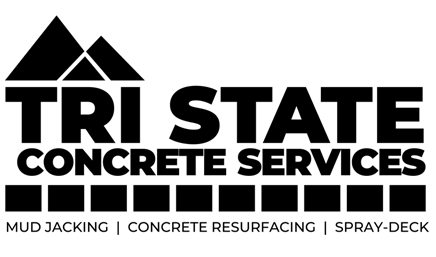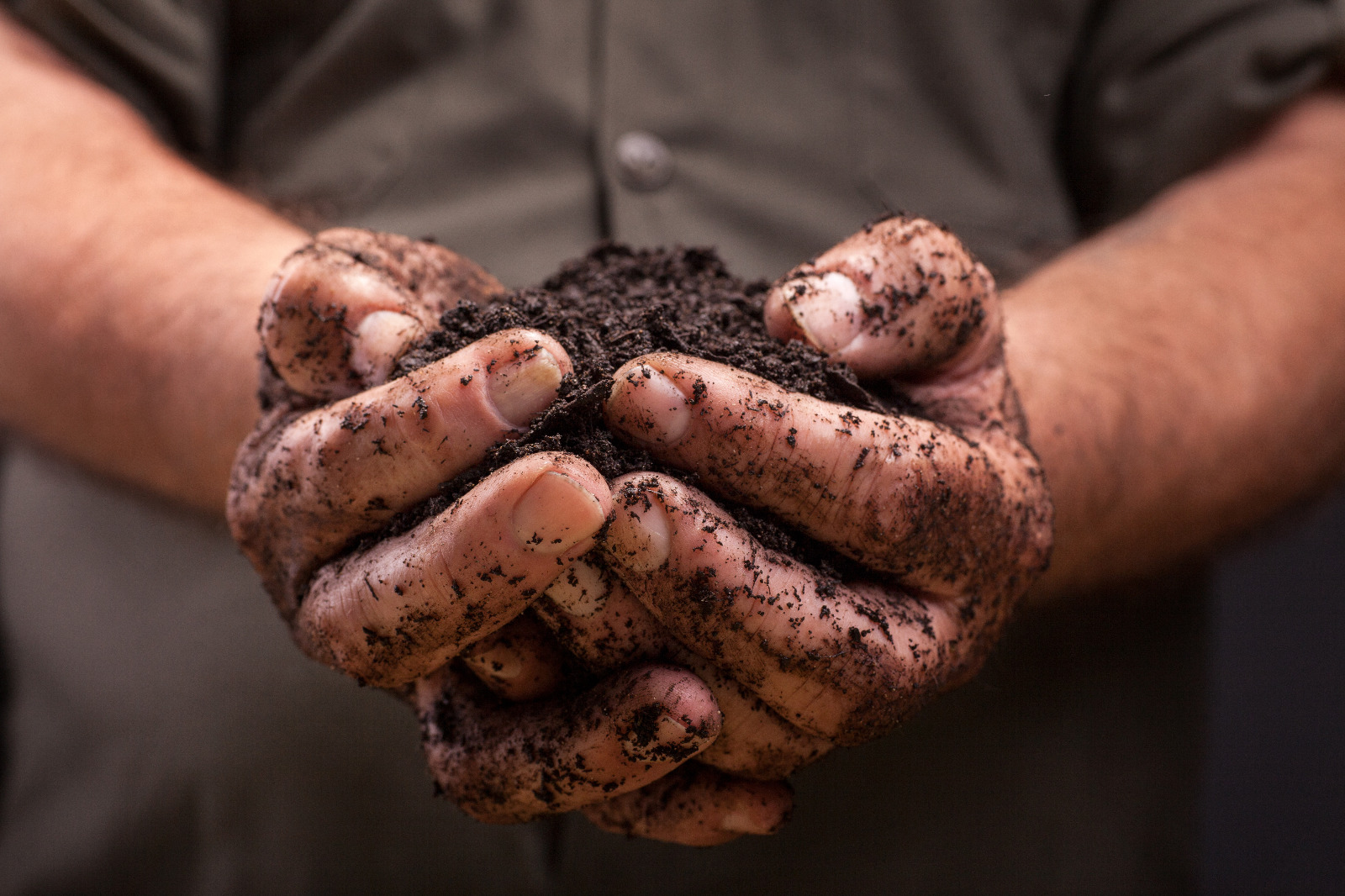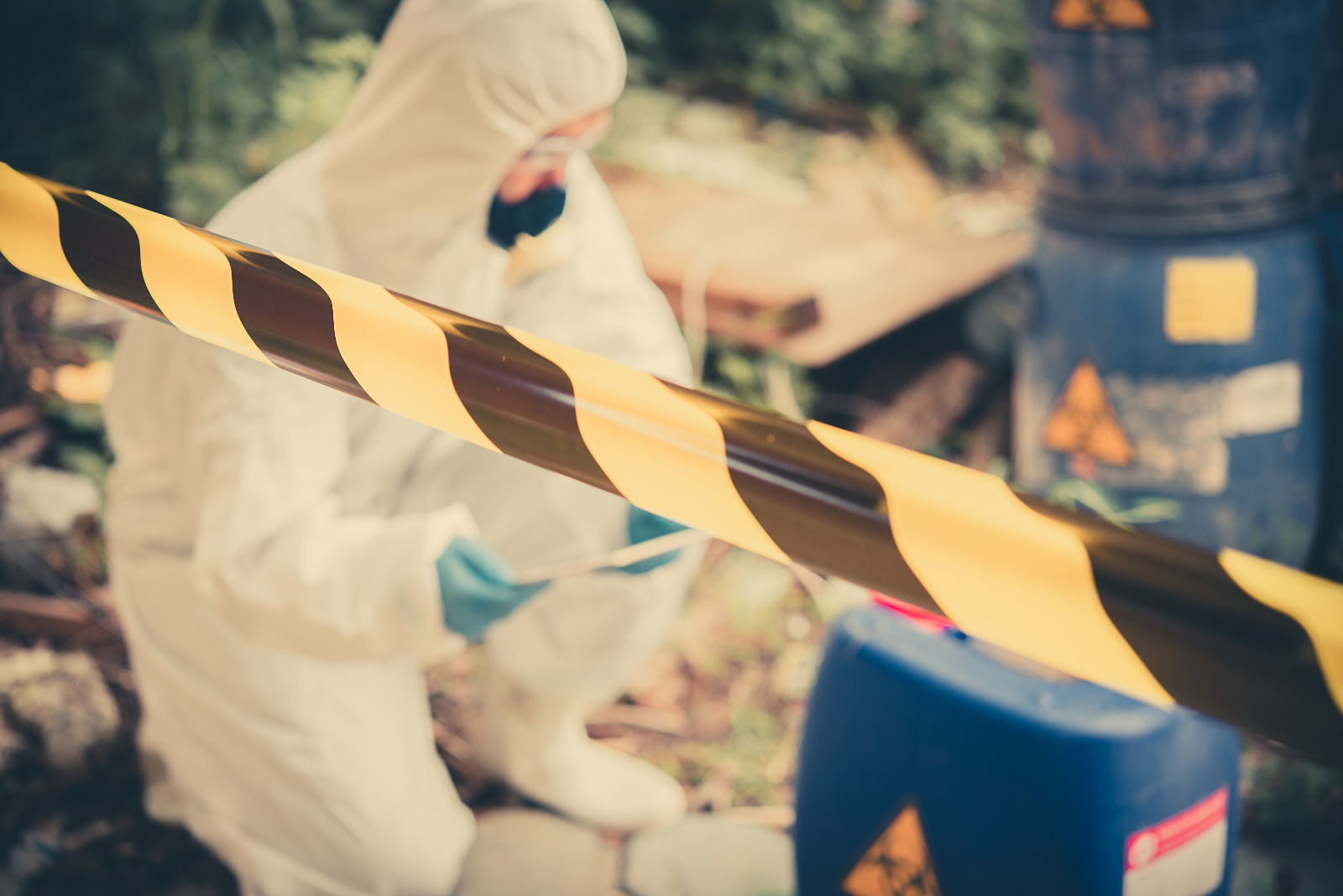




Mudjacking is your best option when it comes to concrete slab repair. Even if it seems like replacement would be the better choice, you would be surprised at what mudjacking an do, and the lower cost always is a big plus.
What's also positive about mudjacking is the fact that it's eco-friendly. When you compare this method to the alternatives, you'll see why business homeowners who are concerned about their carbon footprint choose concrete lifting.
One of the main reasons mudjacking is the most environmentally friendly choice is that the grout used to stabilize the sinking slab is chemical-free. It is made of natural materials: aggregate, water and Portland cement.
Another reason mudjacking is eco-friendly is because all materials are perfectly measured so as not to waste any resources. Only just enough grout is used to lift the slab - there is no excess to dispose of.
Finally, concrete lifting saves energy. It only takes a couple of tools and minimal fossil fuel to power the machines. Contrast this with the energy costs of an excavator to tear out old concrete and you will see why mudjacking is the eco-friendly choice.
At Tri-State Concrete Services, Inc, we take your concrete lifting needs seriously. Just as seriously as we take our responsibility to protect the environment. You can depend on us for strategic, thoughtful service that delivers maximum results with minimal negative environmental impact. We are in the business of helping you live in harmony with your environment.

Many polyfill contractors will brag about its strength. In reality, polyfill, when dried, offers a strength of 80-100 psi for most applications, and up to 250 psi at best. ("At best" refers to chemical mixtures with the optimal recipe, filling environment and installation procedure. A quick Google search will reveal that even polyfill contractors and experts disagree on the exact recipe for best results and enduring strength.) By comparison, concrete slurry offers an undisputed strength of around 600 psi. This is clearly better for heavy-duty and high-use concrete slabs such as driveways, porches and steps. Indeed, the lifting capability of concrete slurry is much greater than that of polyfill, as well.
In addition, polyfill contractors try to sell customers on the idea that they will be able to use their repaired concrete immediately. Well, this is ALSO true for concrete slurry. We literally raise concrete slabs with our equipment and heavy trucks parked right on top of them!Environmental Factors
Concrete with polyfill attached to it cannot be recycled and MUST go to a toxic waste facility. If your concrete ever needs to be replaced, due to eventual wear & tear or home renovations, it will cost YOU lots of money to dispose of it. Absolutely NO contractor will pour new concrete on top of poly foam injection.
Carcinogens & Toxic Substances
Some contractors will claim that polyfill is more eco-friendly. This is absolutely not the case. In the polyfill method, a chemical reaction is created by mixing two materials as they are being pumped under the concrete slab. One of these materials is a byproduct processed from crude oil. According to the EPA (www.epa.gov), the two main ingredients are polymeric polyols and diisocyanate - both of which are identified as possible carcinogens and toxic substances by the EPA and OSHA. You can read more about this at www.epa.gov/saferchoice/health-concerns-about-spray-polyurethane-foam and www.osha.gov/SLTC/isocyanates. Some of the other ingredients (used in varying quantities depending upon the contractor's particular recipe) are known neurotoxins in animals. Thus, while the material may become stable some time after installation, we feel it provides a potential work hazard to installers and potentially lasting and detrimental environmental hazards.
Flamability
When mixed (and until dried), the polyfill chemicals produce a highly combustible polymer. See the articles about fires/explosions that have occurred at work sites where polyfill was being used (and the resulting lawsuits) in both Chicago and Vancouver, British Columbia.
Coverage Uniformity & Bridging
Fully filling voids with concrete slurry, before lifting, assures the proper reinforcement. Our time-tested and proven methods completely stabilize your concrete, giving uniform coverage below your slab with even,"continuous support. Polyfill hardens very quickly (approximately 15 seconds) which can cause voids to be left under the concrete, otherwise known as "bridging". Polyfill doesn't have time to fill in the entire compromised area before it sets, leaving soil susceptible to erosion, water pooling, rodents, and insects. Your project will look like it has been fixed, but these voids will lead to further settling and cracking. Similarly, if a contractor tries to slow down the reaction time of Polyfill, it can travel beyond the concrete that needs to be lifted and then expand. This will cause multiple slabs of concrete (that were not meant to be raised) to be lifted above their correct location.
Foam Adhesion & Pliability
When raising a slab of concrete that is up against a foundation, foam can adhere to the foundation and lock the sunken slab into place, preventing it from being lifted back to level. This will literally NEVER happen with a concrete slurry mixture.
Also, concrete slabs are lifted one side at a time. When one side is raised, another may lower. The longer pliability time frame of concrete slurry allows the contractor to carefully manipulate the concrete slab into the proper position. If their material sets up too fast, like Polyfill does, they will not have the opportunity to move each side of the slab into optimal placement.
Erosion
Some Polyfill contractors will try to sell customers on the idea that concrete slurry will erode and polyfill will not. Our concrete slurry mixture is similar to the concrete that you are looking to raise. Why are you fixing instead of replacing it? Because it lasts a really long time, just like our concrete slurry! After seeing multiple experiments with Polyfill, it is obvious that the poly floats on water. This may lead to it washing out or the concrete slab moving. If water gets under the polyfill it can put upward pressure on your concrete slab. Once your slab is pushed up above grade, it cannot be lowered and must be replaced (See the Environmental Factors section for information regarding polyfill disposal costs.)
Asthetics
One of the frequently cited disadvantages of this method is that the holes drilled in your concrete slab to allow for the slurry to be pumped into place are larger than those created for the newer polyfill method. In reality, the holes are only about one inch bigger, and can be filled with a well-matched concrete that often makes them very discreet. In addition, polyfill requires significantly more injection holes than slabjacking. This is because the poly material sets up in seconds, which doesn't allow the mixture to spread out the way it needs to.
RESEARCH SOURCE:
Copyright 2024 Tri-State Concrete Services, Incorporated - All Rights Reserved.
Site Design and Hosted by Sunken Treasure Design